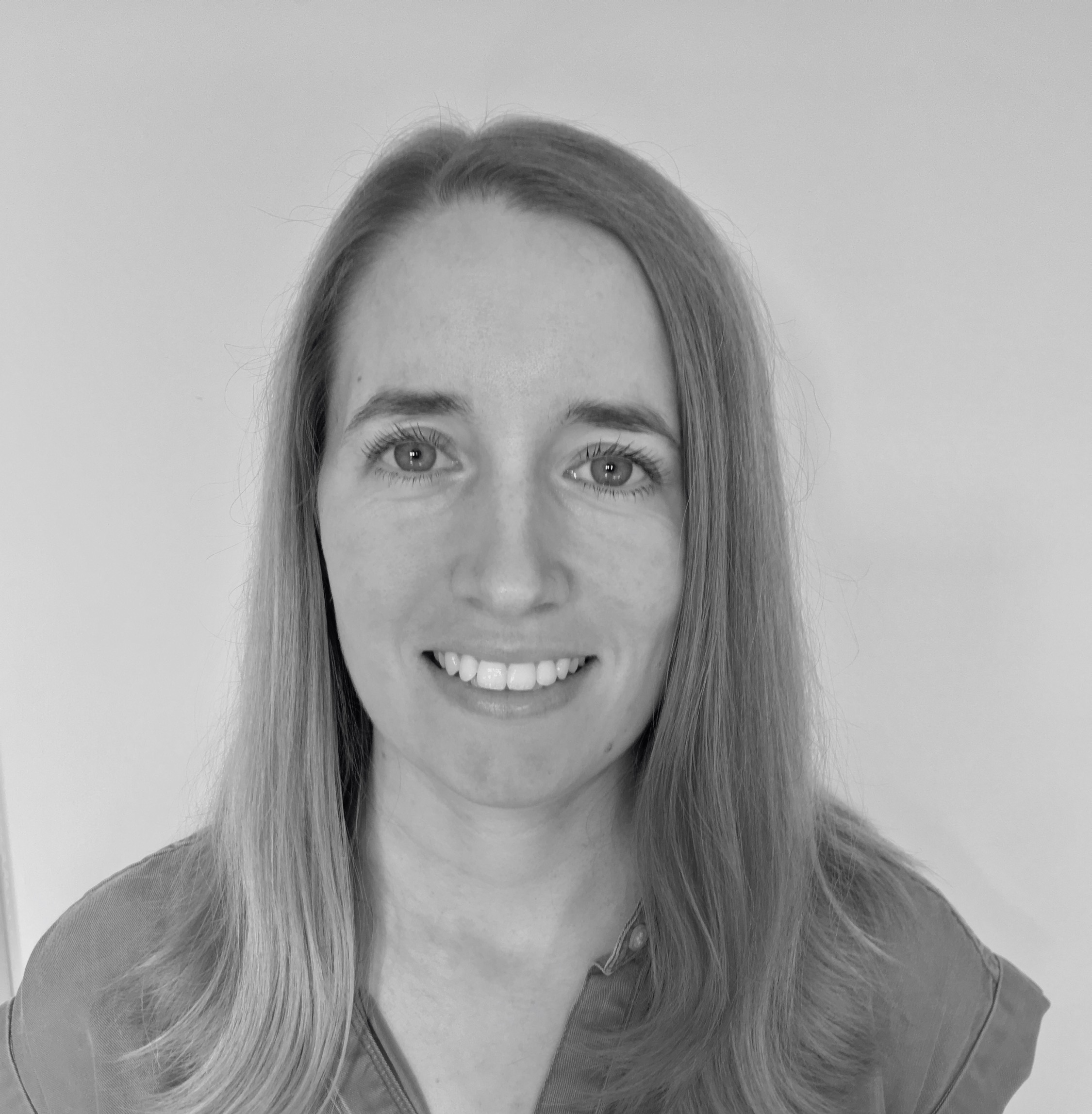How to set up a publishing project for success
- Sarah Lustig

- Aug 31, 2022
- 4 min read
Summer is nearly over and we’re in that phase of new beginnings known as back to school.
Many publishing professionals will be kicking off new projects now. And that got me thinking about how to set up a new project for success. After all, it’s much easier to get everything right at the start, than to fix problems later.
The ingredients for setting up your project for success are pretty simple. Let’s dive right in.
Get the scope right
We all hate scope creep. This is probably the number-one bugbear that I hear about from publishing professionals. (And sometimes hear myself complaining about too…)
That book that was supposed to be 300 pages? It’s turned out to be 350. Or you thought you were creating some light website resources – PDFs, links to other websites – to support teachers, but now you’re briefing detailed animations.
This is the way that most projects stumble. Some of them never quite recover. That’s why it’s vital to get the scope of the project right at the start.
What is the content going to be?
The best way to set your project up for success is to put in the planning time at the start to determine exactly what you want your content to be.
All products – books, websites, online courses – should meet a customer need or solve a customer’s problem. When you’re planning a new project, this should always be at the forefront of your mind. How is this content going to meet a customer need?
We have a formula for educational textbooks that helps us meet customer needs. Most student books comprehensively cover the curriculum, i.e. they include all the content a student needs to learn to pass the course. There’s always ways to improve on this.
For example, I recently helped to commission a set of International A Level Accounting textbooks. During the research phase, we heard from customers that students struggled with the evaluation marking criteria. We added a feature to the books that helped students learn to show their evaluation skills in their work.
A digital product is likely to need significantly more content planning. What type of content will be included – video, quiz, animation? How is each element meeting a customer need? Is each element essential and going to drive sales to your product?
All these questions should be resolved before the project begins.
Budgeting
Once you know your scope, the budget should be a doddle (imagine me laughing ruefully). Most budgets are based on previous similar projects. That’s fine. Just remember that no two projects are identical. I’ll say that again. No two projects are identical.
It really does pay to be attentive at this stage. Make sure you really have budgeted for everything. Don’t forget those answers that won’t be printed in the book. They will likely still need to be edited, typeset, proofread and answer checked.
You also need to make sure you have drilled down to the detail of each element. If you’ve planned to have 100 stand-alone PDFs, don’t assume that means 100 pages. Will they really only be one page each?
The same goes for most digital content. You can’t accurately budget for 10 quizzes. You can budget for 10 quizzes, containing 10 questions each, with one artwork per quiz.
Once you have your budget, you only have to stick to it.
Be realistic about the schedule
As with budgets, often a schedule will be based on a previous project schedule. With one key difference: you have a target publication date and the schedule doesn’t quite meet it. So you just cut a bit out.
This is understandable. You need to meet the publication date, after all. What else can you do? And you’re right. When there is pressure internally or higher up to meet a target date, usually you’re forced to find a way.
My word of warning would be to think carefully at the start about where you take the time from. You could cut a whole stage, such as development editing or the last proofread. But ask yourself whether, in your experience, that has worked in the past. It’s all very well at the start to plan to cut a proofread, but when you get there and the last proof stage still had vast corrections on it, it no longer looks plausible. And by that point, you’ve run out of time to save.
It might make more sense to go back to your scope and see what can be slimmed down there. The less content there is, the quicker the team can produce it. Is there any part of the offering that can be separated out and delivered to customers later?
Ingredients for success
And that’s it. If you can get these three ingredients right – content scope, budget, schedule – you will have set yourself up for success.
Of course, there are other things you can do to ensure success. Comprehensive author briefing. Effective freelancer briefing. Design samples and author writing samples at the beginning.
But if you begin by focusing on the core elements we have considered here, you will start your project from strong foundations that you can build on.





Comments